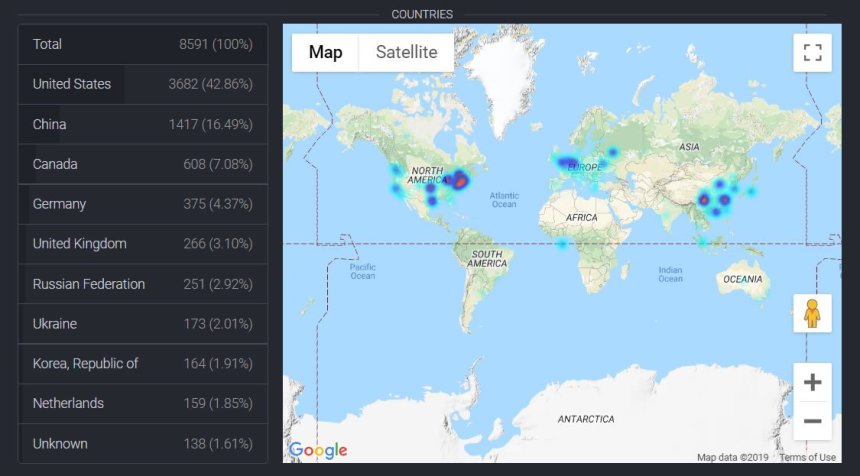Reason to trust

How Our News is Made
Strict editorial policy that focuses on accuracy, relevance, and impartiality
Ad discliamer
Morbi pretium leo et nisl aliquam mollis. Quisque arcu lorem, ultricies quis pellentesque nec, ullamcorper eu odio.
There is way too much tribalism in the crypto industry. While competing platforms are healthy for general growth, the constant bashing of rivals does little positive for the overall scene. Ethereum has more than its fair share of detractors, but there is no disputing that it is still the dominant smart contract platform of our time.
Ethereum Akin to IBM of Computer Age
To draw comparison partner at New York based VC firm Placeholder, Joel Monegro, looked back at the beginnings of the computer industry in the 1960s and 70s. IBM was the leader of the pack despite it having a number of competitors which poured funds into developing superior technology.
Ethereum could be compared to this since it is currently the world’s dominant smart contract platform despite having a number of competitors offering faster and more scalable solutions with better consensus models. At the current stage of the crypto industry those include EOS, Cardano, Tron, NEO, Ethereum Classic, and a number of others.
None of those however have managed to usurp Ethereum’s position as the dominant platform of the time and they are unlikely to in the near future. What Ethereum shares with IBM during its time is a massive distribution advantage according to Monegro. The technology alone does not guarantee success but it is the network and distribution that mattered back then as it does right now.
IBM competitors did wonders for research and development in furthering the IT industry at the time but through a huge distribution, marketing and support network IBM became the must have computer system for the enterprise world. Because it cemented this position as the global standard it took decades for this empire to dissolve. Eventually IBM was usurped by a new standard of microprocessor, not a competitor.
According to Monegro, similar dynamics are playing out in the crypto industry with Ethereum coming under attack from rival platforms and social media maximalists. All of the ETH competitors are focusing on developing superior technology in order to become the leader, but their failings are in the distribution side of things, the networks and support is simply not big enough.

Ethereum has grown to a $20 billion network in its five years of existence with millions of users and thousands of developers working in a thriving ecosystem. The possibilities for growth are endless as the code keeps improving. Most dApp developers will choose Ethereum, not necessarily because it is the best technology, but because it has the most robust network and it does the job.
Just as IBM has done, and Microsoft in subsequent decades, Ethereum has become the standard decentralized blockchain platform for its time. It will continue to grow on that basis alone despite the constant haranguing from its competitors and their tribal crypto communities.
Image from Shutterstock


















